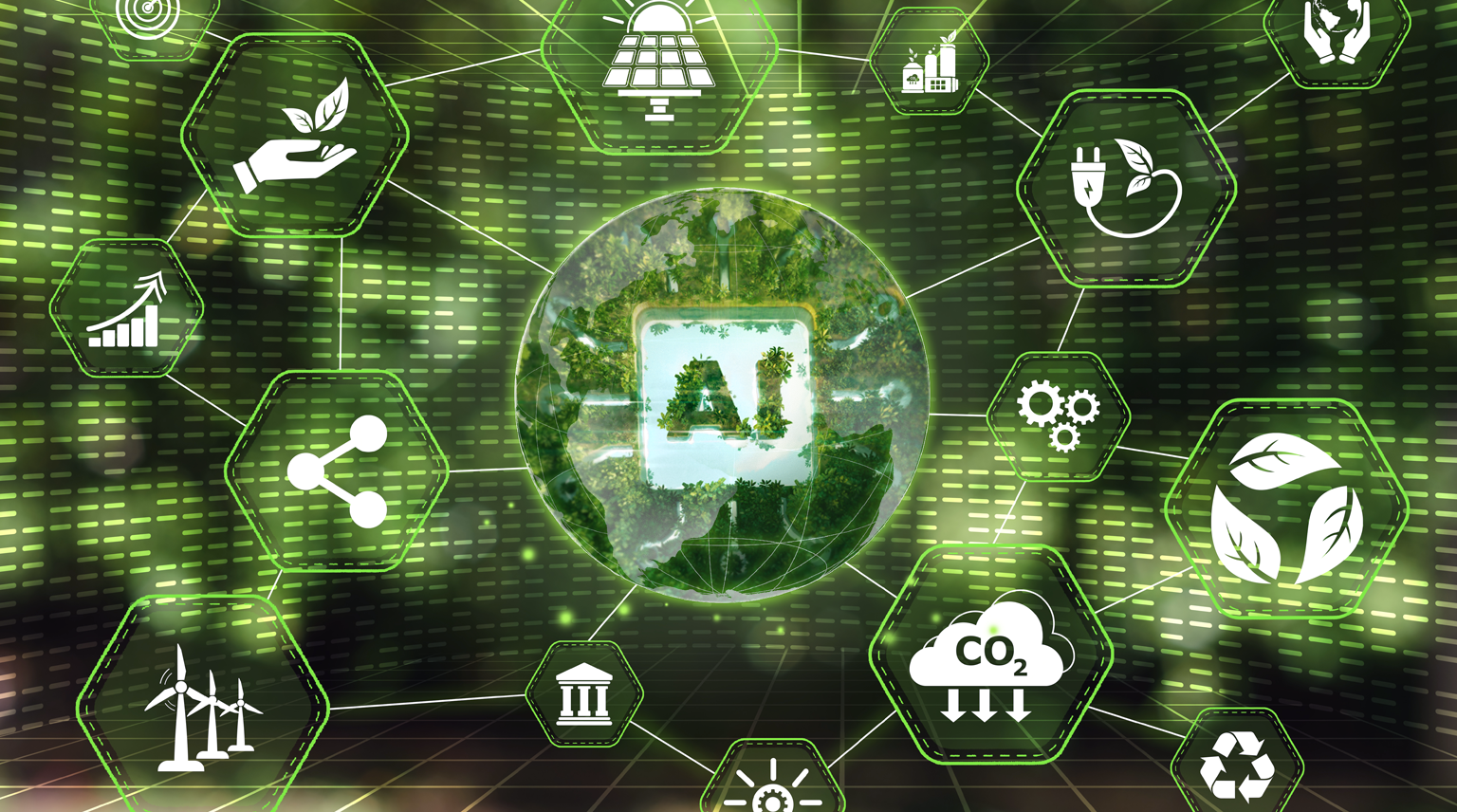The webinar titled “Responsible AI in Higher Ed: Balancing Innovation and Sustainability,” hosted by Contact North | Contact Nord on February 19, 2025, delved into the critical intersection of artificial intelligence (AI) adoption and environmental sustainability within higher education. Led by Glenda Morgan, a seasoned EdTech market analyst from Phil Hill & Associates, the session provided insights into the often-overlooked environmental implications of AI integration in academic institutions.

🌐 The AI Surge in Academia
Over the past two years, AI has rapidly permeated higher education, offering transformative potential in teaching, learning, and administrative processes. Institutions have embraced AI-driven tools to enhance student engagement, personalize learning experiences, and streamline operations. However, this swift adoption often prioritizes innovation over sustainability, leading to significant environmental concerns.
🌿 Environmental Considerations: The Overlooked Aspect
While ethical guidelines and responsible AI principles are increasingly adopted by EdTech vendors, environmental impacts remain insufficiently addressed. The energy consumption associated with training and deploying AI models contributes to substantial carbon emissions. This webinar highlighted the necessity for higher education institutions to recognize and mitigate these environmental effects. Centre for Academic Excellence+2TeachOnline+2TeachOnline+2TLSS
🔍 Key Takeaways from the Webinar
Balancing Innovation with Responsibility: Institutions must align AI adoption with ethical standards and sustainability goals, ensuring that technological advancements do not compromise environmental integrity.TLSS+1TeachOnline+1
Understanding AI’s Environmental Impact: The session emphasized the need to assess the energy demands of AI systems, particularly in large-scale applications, and their contribution to greenhouse gas emissions.
Mitigation Strategies: Organizations are encouraged to implement energy-efficient practices, such as optimizing algorithms and utilizing sustainable computing resources, to reduce AI’s ecological footprint.
Principled Decision-Making: Developing comprehensive policies that incorporate environmental considerations into AI deployment decisions is crucial for responsible integration.TeachOnline+2TLSS+2University of Illinois Springfield+2
🧠 Expert Insights: Glenda Morgan’s Perspective
Glenda Morgan brought her extensive experience in educational technology to the discussion, focusing on how institutions can navigate the complexities of AI integration. She emphasized the importance of not only adhering to ethical AI principles but also actively addressing the environmental challenges posed by AI technologies. TeachOnline+2TLSS+2University of Illinois Springfield+2TeachOnline
🛠️ Implementing Sustainable AI Practices
To foster responsible AI adoption, higher education institutions can consider the following actions:
Conduct Environmental Impact Assessments: Evaluate the energy consumption and carbon emissions of AI tools before implementation.
Adopt Green AI Principles: Prioritize the development and use of AI models that are designed for energy efficiency and minimal environmental impact.
Educate Stakeholders: Provide training for faculty, staff, and students on the environmental implications of AI and promote sustainable practices.
Collaborate with Vendors: Engage with technology providers to ensure that their products align with the institution’s sustainability objectives.
📚 Further Resources
For those interested in exploring the topic further, the following resources offer additional insights:





































